
| Wanderer or Monarch DANAINAE, NYMPHALIDAE, PAPILIONOIDEA | (donherbisonevans@yahoo.com) and Stella Crossley |
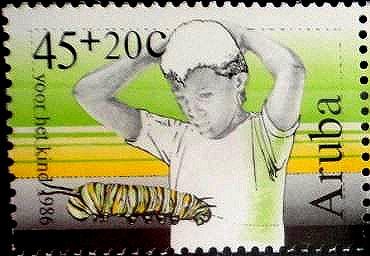
Aruba, 1986

| Wanderer or Monarch DANAINAE, NYMPHALIDAE, PAPILIONOIDEA | (donherbisonevans@yahoo.com) and Stella Crossley |

Aruba, 1986
At first the Caterpillar is cream with a black head. Later: the caterpillar develops yellow, white and black rings circling the whole length of its body. It also develops two pairs of black tentacles protruding from its back: a long pair on its mesothorax, and a shorter pair on its eighth abdominal segment. These tentacles are soft and in no way dangerous.
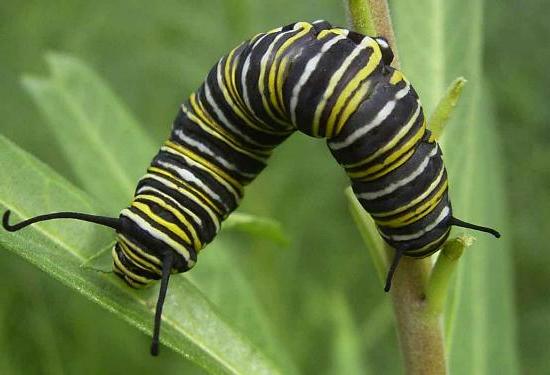
In Australia, its foodplants are all from the Milkweed family (APOCYNACEAE), including :
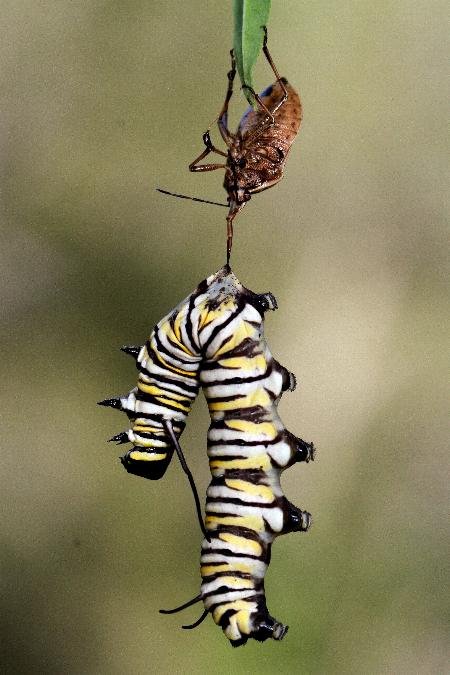
The caterpillars have many enemies. However: the caterpillar's foodplants all have a poisonous milky sap, containing Cardenolide Glycosides. The caterpillar appears to retain the poisons in its body which are thought to make it unpalatable to predators, although this is evidently sometimes ineffective.
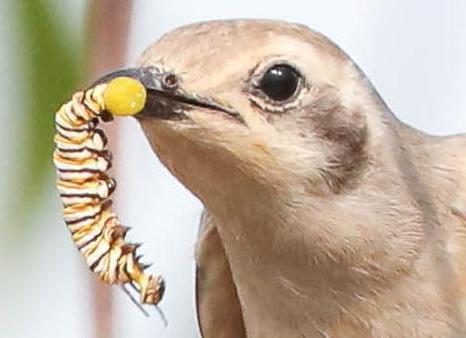
Another enemy of the caterpillars is the protozoan parasite Ophryocystis elektroscirrha'. However : caterpillars that feed on Wild Cotton ( Gomphocarpus cancellatus ) seem better protected against this parasite, possibly because the plant contains higher concentrations of the Glycosides.
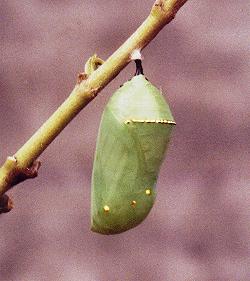
The caterpillar pupates hanging by its tail-like cremaster on the stem or leaf of its foodplant. The pupa is green with a band of shiny gold spots extending half way around it. After about three weeks in summer the adult emerges.
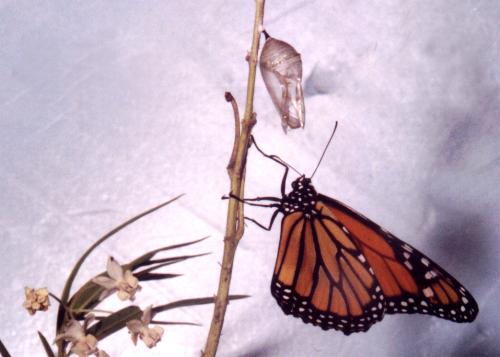
The adult butterfly is orange-brown, with black veins and a black and white spotted band all around the wing margins. The upper and lower surfaces of the wings are similar, except that the undersides of the hindwings are more yellowish.
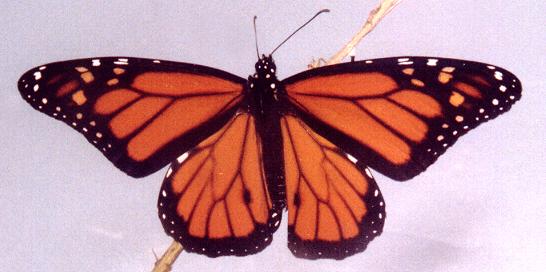
The main difference between the male and female butterflies is that the males have a 'sex mark' on the hindwing. This looks like a swelling in one of the veins which runs from the discal cell to the margin.
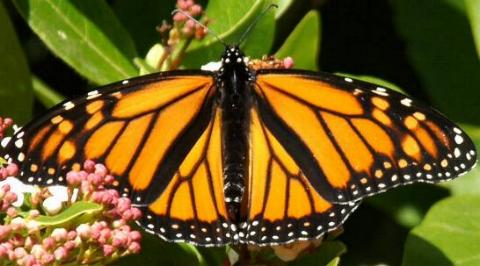
Females also tend to have broader black veins than the males. The wingspan is about 9 cms.
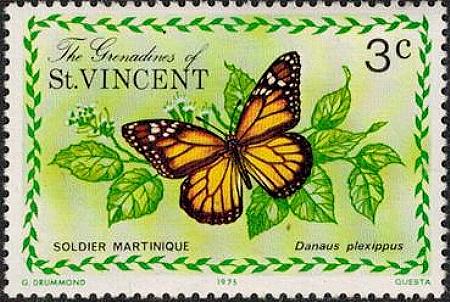
The species was originally from America. It reached Hawaii in about 1845, and was reported to be breeding in Australia in 1871 (listed as Danais archippus).
In America, the adult butterflies perform extensive migrations to equable areas in which to pass the winter. Populations in the North-West migrate to Monterey in California to overwinter. The overwintering grounds of the Eastern populations were only discovered in 1975, when they were located in a mountain area in Mexico. This was the climax of four decades of research by Dr. Fred Urquhart. Similar research involving the release of marked butterflies has been carried out by the Australian Museum in Sydney, to investigate possible migrations in Australia.
The butterflies have been found to navigate using how the sun shines on the antennae. If one antenna is painted black, they are disoriented.
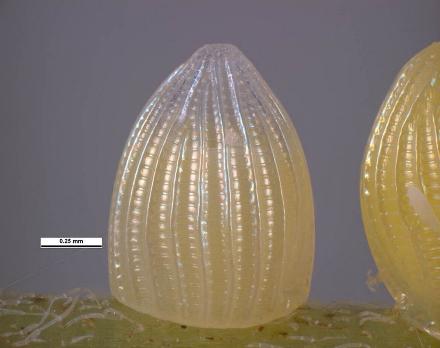
The eggs of this species are pale yellow, and bottle-shaped with ridges. The eggs are usually laid singly on the undersides of the leaves of the foodplant.
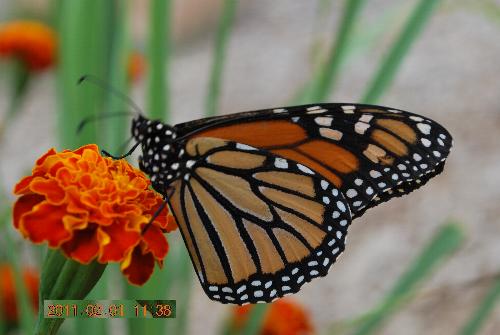
The species may be found all over much of the world, including:
and in all of Australia, including :
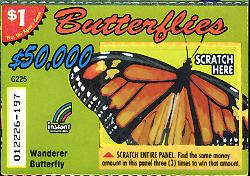
The species is featured at the
Coffs Harbour Butterfly House.
Butterflies of this species may be
purchased for release at weddings etc, from various breeders including:
Further reading :
Michael F. Braby,
Butterflies of Australia,
CSIRO Publishing, Melbourne 2000, vol. 2, pp. 597-598.
Frank Jordan,
The Columbus Hypothesis,
Butterflies and Other Invertebrates Club,
Newsletter,
Issue 28 (March, 2003) pp. 18-19.
Frank Jordan & Helen Schwencke,
Create More Butterflies : a guide to 48 butterflies and their host-plants
Earthling Enterprises, Brisbane, 2005, p. 32.
Carl Linnaeus,
Insecta Lepidoptera,
Systema Naturae,
Volume 1, Edition 10 (1760), Class 5, Part 3, p. 471, No. 80.
M.P. Zalucki and A.R. Clarke
Monarchs across the Pacific: the Columbus hypothesis revisited,
Biological Journal of the Linnean Society,
Volume 82 (2004), pp. 111–121.
 caterpillar |  butterflies |  Lepidoptera |  moths |  caterpillar |
(updated 20 July 2012, 29 July 2024)